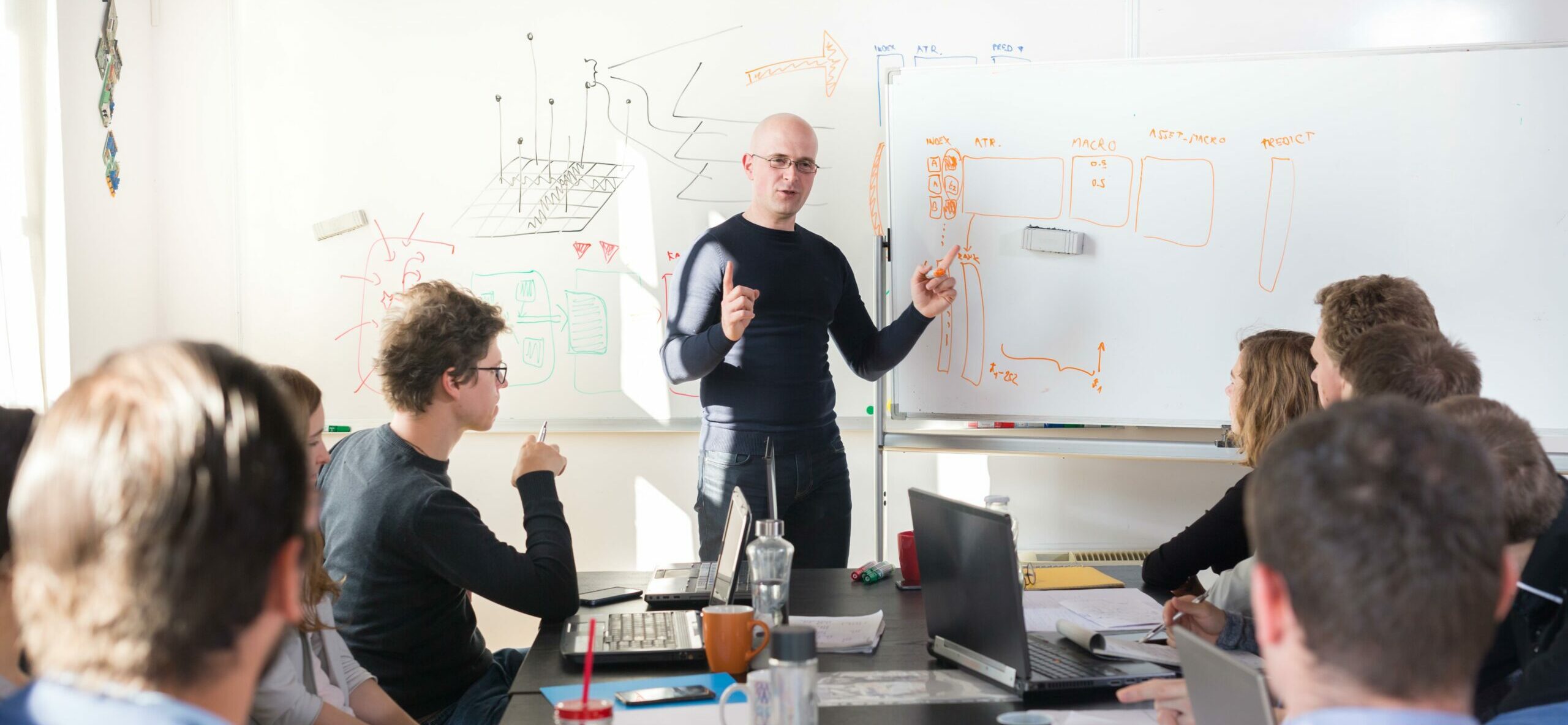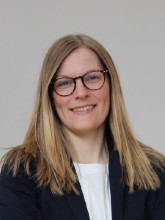
Developing a measurement method is often more complex than you might think from the start. Understanding what it is you should measure is just part of it. There are other aspects of measurement that you need to relate to. We have gathered some of these things, which we will present in a series of blog posts. The first one is about which competence to gather when starting a new measurement project.
The importance of both domain and measurement knowledge
When putting together a group of different competences for a measurement system project it is important to start with domain knowledge of the product or process to measure. Someone who has worked with development of your product for a long time is very valuable. Also someone who is working hands on in your laboratory or in your production is valuable with another view in mind. If it’s a new product it could be the inventor or someone who knows well the idea behind the innovation.
Input from an operator
Let’s take an example, a measurement of a part in a production line. The team has gotten to the point where it knows that a camera is to be used. To get good image quality a suggestion is to make the exposure time of the camera really short. The speed at which the part moves will affect the accuracy of the measurement. By getting input from someone working with the process perhaps there could be a way of stopping the part from moving during the time the image is taken instead. This will improve the image quality and also give more time for image processing algorithms and time to store images. That would also ease the requirements on processing power and memory of the computation hardware. Without the input from the operator in this case a more complex solution might have been developed.
Gather different measurement experience if possible
If you have experience from measurements you will know about measurement accuracy, sample rates, electronics involved in the measurement and data analysis. But the experience can come from different types of measurements. Gathering more than one measurement specialist might be useful in the beginning of a project when it might not be clear which type of measurement is the most suitable one for solving the task.
If you want to look at defects in the surface of a product two possibilities could be using a camera or using a linear laser. If the product is moving a 3D image can be created rather easy using a linear laser, but if the product is still then the linear laser has to move which will increase the complexity of the measurement system. In both cases the accuracy of the movement has to be evaluated to see which accuracy can be achieved for each solution. With a camera solution perhaps more than on camera has to be used to get all information needed since images are just 2D. If the space for the measurement system is limited, perhaps other solutions has to be investigated. In some cases ultrasound measurements or inductive sensors can be suitable options. So getting ideas from different angels are useful.
Software engineer for automated measurements
If the measurement is to be automated a software engineer should also be part of the team. Preferably one that has experience in developing drivers for instruments. For example, let’s say you want to find the response time for an electrical signal. Measuring this manually with an oscilloscope is fine doing it a couple of times, but integrating the oscilloscope in an automated measurement system might not be the best solution. If there’s already a measurement system in place and this is a new measurement you want to add, you should evaluate using the equipment you already have in place. Let’s say you have a real-time system with an FPGA a better option than using the oscilloscope might be to program the timing measurement on that FPGA. To make good decisions which solution to go for knowledge in both electrical measurements as well as programming skills is an advantage.
For larger applications the knowledge of software architecture is also important. As a system grows and contains many different types of measurements or other functionality, structured software is important. The system then gets easier to maintain and update in the future.
Besides all the engineering roles
Just looking at this from an engineering point of view you might miss one important role. To get a structured and successful process a project manager is needed. An agile approach is a good idea for this type of exploratory projects, since conditions and requirements will probably change along the way.
So as a starting point make sure to put together the right team for the task. And follow this series of blog posts for more ideas on developing a measurement method.
By Karin Hellqvist

Karin Hellqvist
CSO
